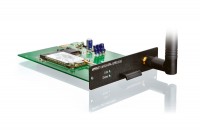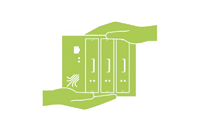Unbelievable, what bonding DSL, UMTS and LTE makes possible
Industrial park going broadband
The industrial park in Seligenporten near Nuremberg, Germany, actually has everything a tradesman needs: The highway A9 is less than three kilometers away; the major city Nuremberg is just around the corner, and all infrastructure needed for living and working already exists – except a powerful Internet connection. The enterprises in this industrial park have to cope with a 2 Mbps connection, and none of the regional telecommunications providers plans to change that anytime soon – unless of course the local companies contribute EUR 250,000 to the total development costs. Understandably so, this is out of the question for small and medium-sized businesses. One company, however, has become a pioneer in regards to using alternative technologies by successfully relying on Viprinet: OM Klebetechnik.
Animal welfare with new connection
Since 1881, the Deutsche Tierschutzbund e.V. (German Animal Protection Association) endeavors to raise people‘s awareness of animal welfare. Today, this idea is more important than ever, which is why the holding organization of numerous German animal welfare groups emerged as a very modern institution with several locations. Unfortunately, the interconnection of these sites was not able to keep up with the progress of the organization. Until now, the system used so far was complicated and unadaptive to modern demands. Moreover, it was contrary to the ambition of downsizing the IT department. Here, the Viprinet technology provided the ideal solution.
Connected for unlimited creativity
The John Lennon Educational Tour Bus is a non-profit state-of-the-art mobile audio and HD video recording and production facility.






















